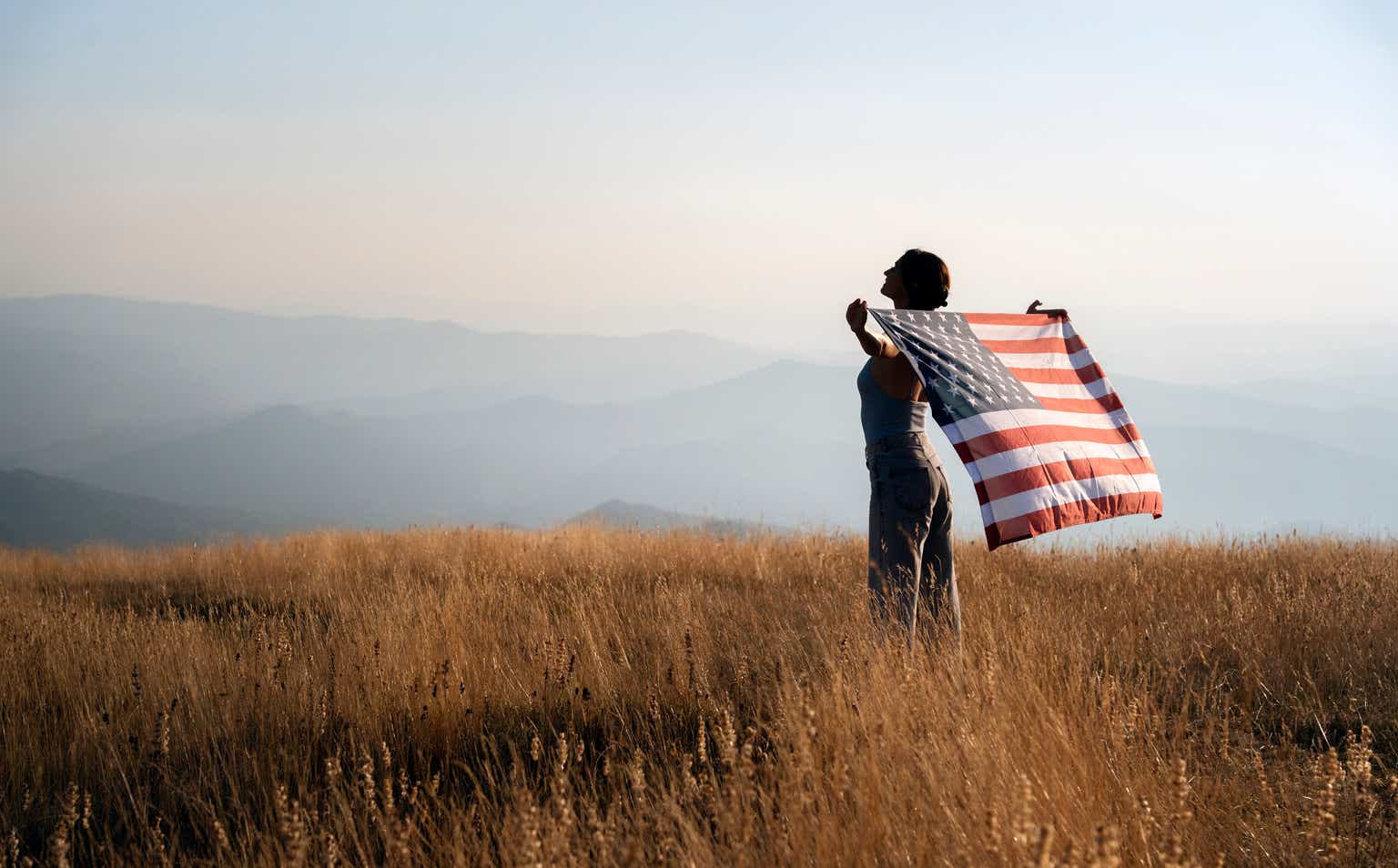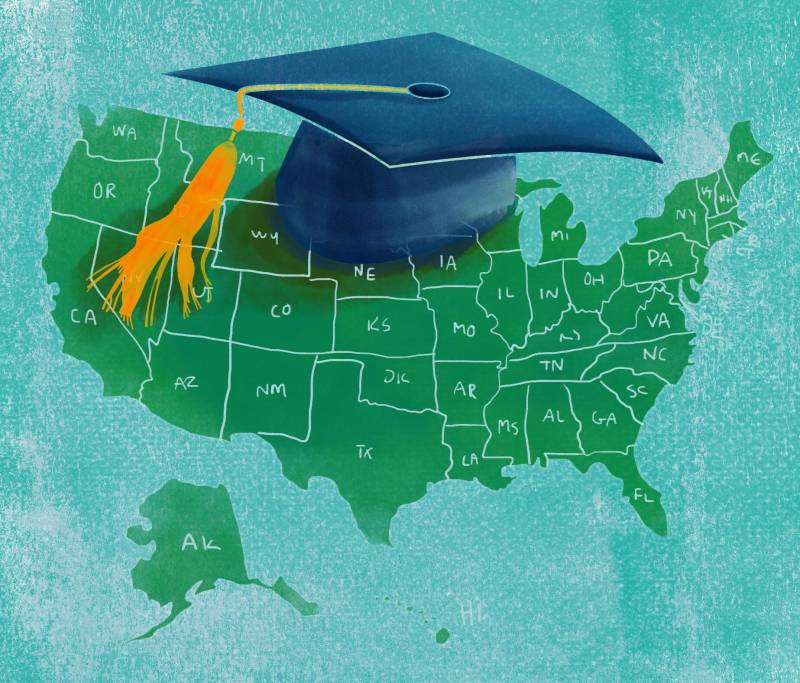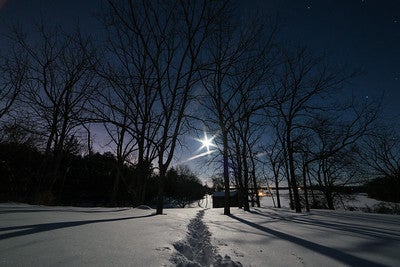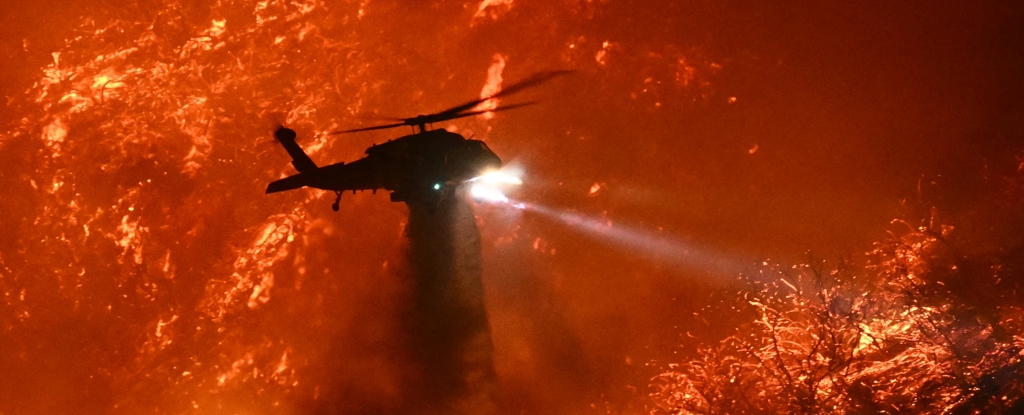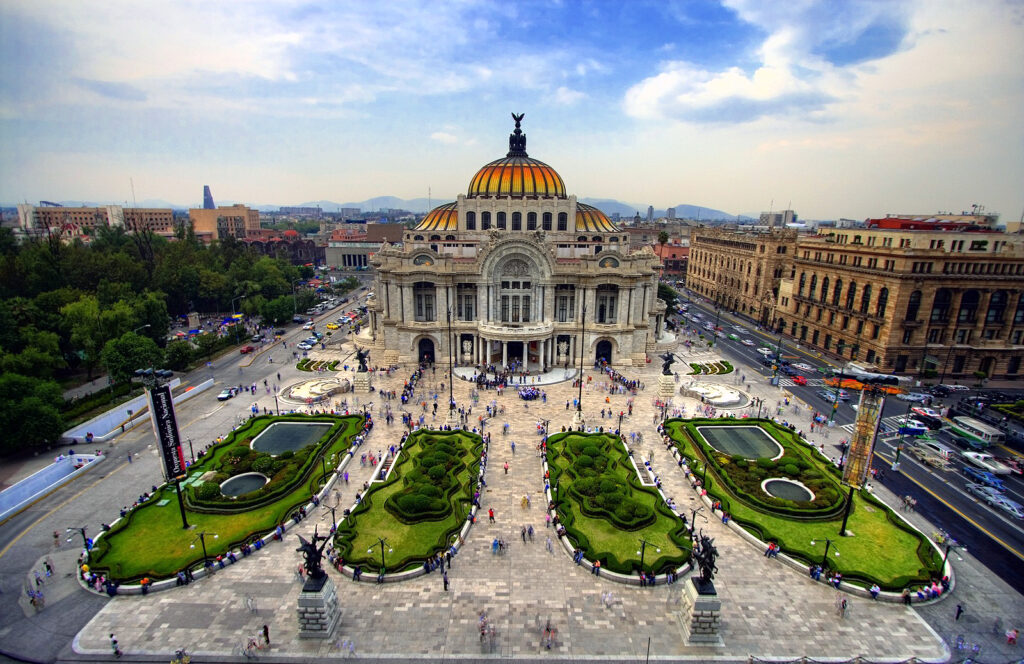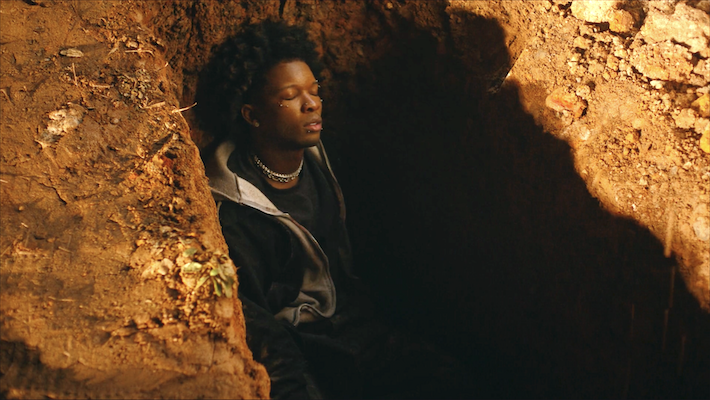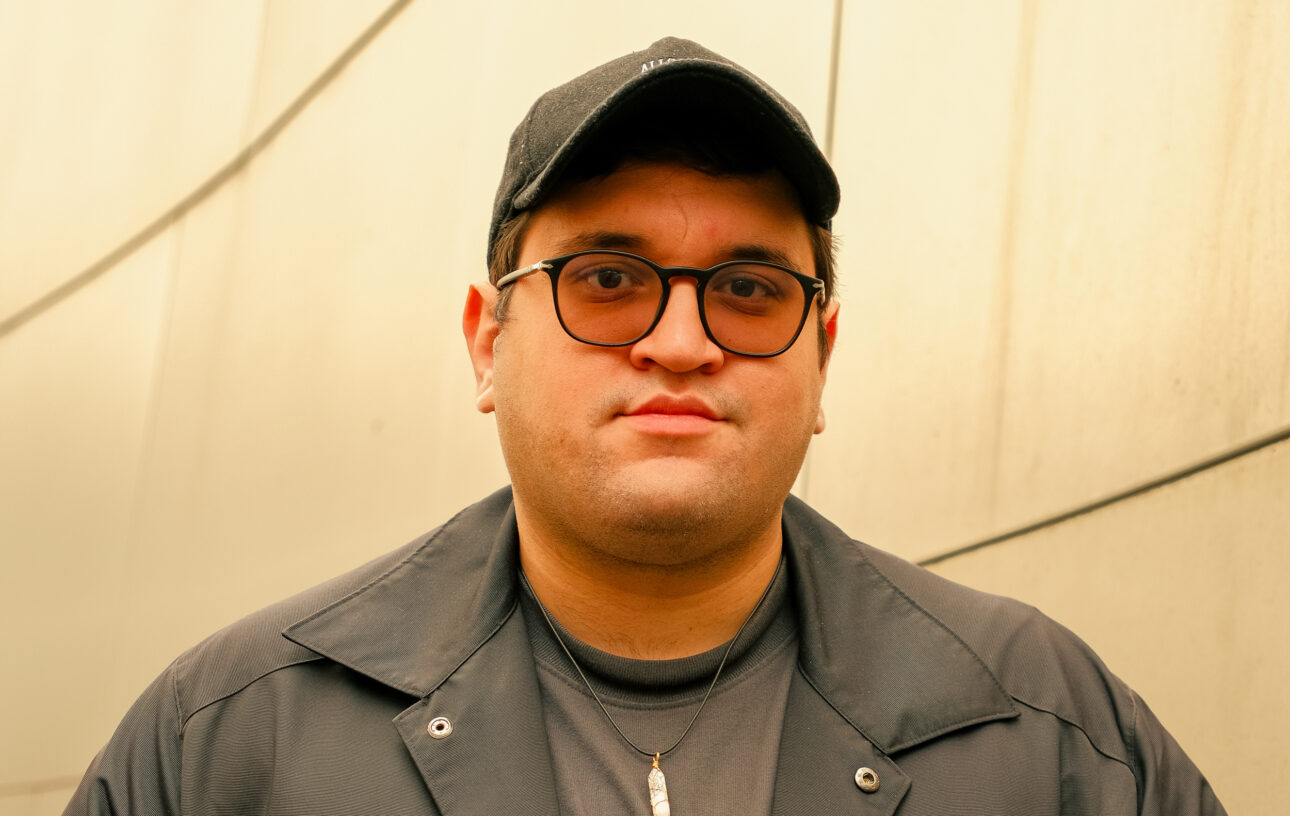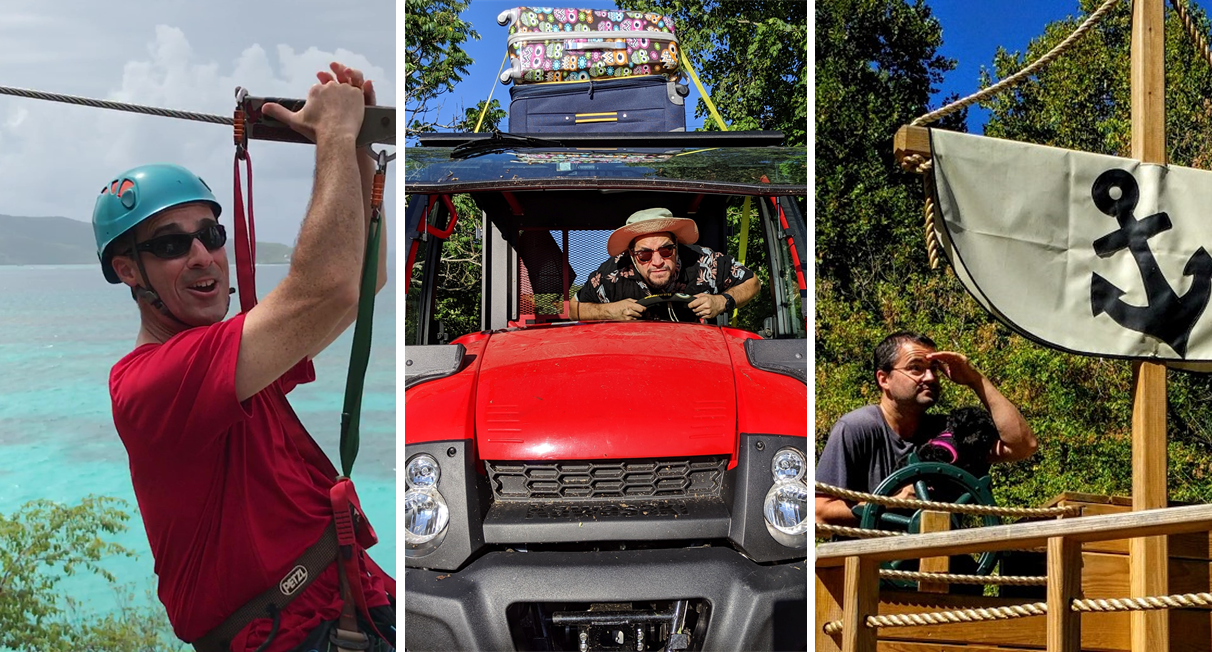Qinngua Valley in Greenland
Greenland is ice and Iceland is green, or so the saying goes. In reality, Iceland does have significant ice caps, and while Greenland was supposedly named to attract settlers, it may have once had some forests. Almost all were cut down by the early Norse for wood, but there is still one natural forest. This lone verdant oasis is situated in the Qinngua Valley, also known in Danish as Paradisdalen ("paradise valley"). Trees have been able to survive in these Southern Greenland locations because they lack permafrost and have borderline sub-arctic rather than Arctic tundra climates. Temperatures rise above 10°C during the summer, the warmest on the island. This climate occurs not only because the forest is at the southern tip of the island but also because mountains up to 2,000 meters tall block cold winds from the interior ice cap. Roughly 300 species of plants grow in this isolated glacial valley. Among the most prominent are gray-leaf willows, downy birches, and Greenlandic mountain ash, which grow seven or eight meters tall. Interestingly, the latter two are Old World and New World species respectively that do not natively grow together anywhere else. Although this may seem like a hotspot of biodiversity compared to the rest of Greenland, it is actually still much less diverse than most of the world's lands. Although the trees here were never completely cut down, Norse settlers once lived near here as well. Some have claimed that Brattahlíð, the estate of Norse Greenland's founder Erik the Red, was located here. However, the consensus today is that it was located further northwest at Qassiarsuk. There was even a small Augustinian monastery by Ketilsfjord 12 kilometers north.

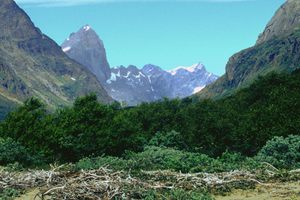
Greenland is ice and Iceland is green, or so the saying goes. In reality, Iceland does have significant ice caps, and while Greenland was supposedly named to attract settlers, it may have once had some forests. Almost all were cut down by the early Norse for wood, but there is still one natural forest. This lone verdant oasis is situated in the Qinngua Valley, also known in Danish as Paradisdalen ("paradise valley").
Trees have been able to survive in these Southern Greenland locations because they lack permafrost and have borderline sub-arctic rather than Arctic tundra climates. Temperatures rise above 10°C during the summer, the warmest on the island. This climate occurs not only because the forest is at the southern tip of the island but also because mountains up to 2,000 meters tall block cold winds from the interior ice cap.
Roughly 300 species of plants grow in this isolated glacial valley. Among the most prominent are gray-leaf willows, downy birches, and Greenlandic mountain ash, which grow seven or eight meters tall. Interestingly, the latter two are Old World and New World species respectively that do not natively grow together anywhere else. Although this may seem like a hotspot of biodiversity compared to the rest of Greenland, it is actually still much less diverse than most of the world's lands.
Although the trees here were never completely cut down, Norse settlers once lived near here as well. Some have claimed that Brattahlíð, the estate of Norse Greenland's founder Erik the Red, was located here. However, the consensus today is that it was located further northwest at Qassiarsuk. There was even a small Augustinian monastery by Ketilsfjord 12 kilometers north.





